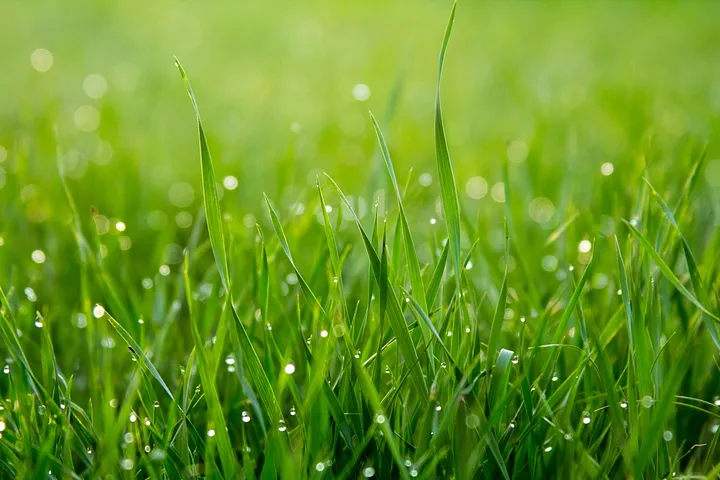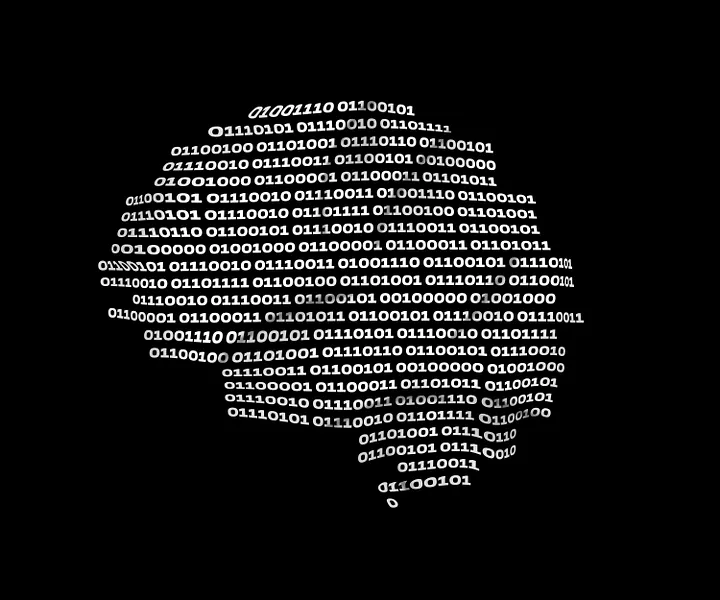Touching the Grass: A Reset for ADHD Hyperfocus
Hyperfocus, the intense, almost tunnel-vision concentration familiar to many people with Attention Deficit Hyperactivity Disorder (ADHD), can be both a superpower and a significant challenge. Hyperfocus, while it can boost creativity and productivity, can also bind you to a screen, project, or even a train of thought for extended periods, making it nearly impossible to break free. If you have had this happen or seen someone you love go through this, you know exactly what I mean. A simple phrase has recently gained popularity as a reminder to step outside and reconnect with the world: “Touch the grass.” This gentle nudge invites us to pause, walk outside, and literally place our hands or feet on the ground. While the phrase has taken on a lighthearted tone in certain spaces, there is genuine wisdom in taking mindful, nature-based breaks—particularly if you struggle to escape the pull of hyperfocus. Here, we delve into why “touching the grass” can serve as a powerful reset for overwhelmed minds, explore the science behind nature’s calming effects, and offer practical tips for scheduling short outdoor moments when it feels like a magnetic force is preventing you from pausing your work. Ultimately, these small yet significant acts can help balance leveraging hyperfocus and preserving mental health. Understanding Hyperfocus and ADHD For those with ADHD, the term “attention deficit” can be misleading. Rather than a lack of attention, many people with ADHD experience difficulty regulating and directing their attention appropriately. This dysregulation means that while you may struggle to focus on tasks that don’t capture your interest, you can become nearly obsessive when something truly captivates you. Hyperfocus occurs when your brain locks onto an activity—be it a work project, a video game, or an artistic pursuit—and tunes out the rest of the world. Hours can pass in what feels like mere minutes. It’s a state of flow (the “zone”) that can be incredibly productive but also precarious, especially at the expense of basic needs like meals, hydration, movement, exercise, relationships, and sleep. Hyperfocus can lead to remarkable achievements: finishing an entire project in a single day, immersing yourself in detailed research, or losing yourself in a creative endeavor that produces incredible work. However, it can also become unhealthy if it causes burnout, disrupts your relationships, or diminishes your overall well-being. Recognizing the upsides and downsides of hyperfocus is the first step in learning to manage it. From there, you can develop practical strategies to ensure that, even when hyperfocus takes hold, you remember to take breaks. The Superpower (and Challenge) of Hyperfocus People often call hyperfocus a superpower because it allows you to be so completely immersed in something that you might solve problems or generate ideas that others overlook. This level of engagement can be a gift, particularly in work environments that value innovation and creativity. In fields like software development, art, or writing, the ability to concentrate deeply for extended periods can lead to extraordinary outcomes. However, similar to many superpowers, hyperfocus carries a price. You might notice that once you’re “in the zone,” the concept of time slips away. You may neglect to eat lunch, disregard the tingling sensation in your legs, or avoid taking bathroom breaks to maintain your focus. Over time, these habits can compound, leading to stress, physical discomfort, and emotional exhaustion. Because ADHD can also bring along sensitivity to external stimuli, once you do try to pull away, the abrupt shift in focus can be jarring or frustrating, making you more reluctant to step away again in the future. Why “Touching the Grass” Helps This is where the concept of “touching the grass” comes into play. The phrase originates partly from the idea of grounding yourself in the real, physical world when you’ve spent too much time in a digital or mental space. For someone grappling with hyperfocus, especially in front of screens, stepping outside, even for five minutes, can disrupt the endless cycle of rumination and help you reset. While “touching grass” is sometimes used humorously, there’s a deep undercurrent of truth: physically connecting with nature can recalibrate your nervous system. The textures, smells, and sounds of the outdoors offer sensory input that is distinctly different from the humming, glowing screens and rigid indoor environments we often inhabit. Incorporating this simple act into a busy or heavily focused day can be a small but powerful form of self-care. Feeling the cool blades of grass against your skin, taking a moment to notice the sun’s warmth, or listening to the wind rustle through the leaves can pull you out of your cyclical thoughts. For a person with ADHD, such sensory immersion can act like a refreshing mental switch, encouraging you to shift gears and check in with your body’s unmet needs like hunger, thirst, or a desire just to move. The Science Behind Nature’s Effect on the Brain A growing body of research indicates that spending time outside, even briefly, can lower cortisol levels, the hormone associated with stress. Nature exposure has also been linked to attention, cognitive function, and overall mood improvements. Psychologists point to Attention Restoration Theory (ART) as a framework for understanding these benefits. According to ART, environments that are “softly fascinating” — like a park, a garden, or even a patch of grass — provide your mind with the kind of gentle, effortless engagement that helps it recover from cognitive fatigue. For an ADHD brain locked in hyperfocus, nature can serve as a gentle buffer that requires minimal decision-making yet offers enough sensory variety to be interesting. Noticing the subtle differences in color, shape, or the way light bounces off leaves can help shift your focus outward, breaking the all-consuming internal dialogue that hyperfocus often brings. Over time, this consistent practice of stepping outside for even a short interval can help recalibrate your attention, reduce stress, and make it easier to return to your task with a clearer perspective. Practical Strategies for Stepping Away Despite knowing the benefits of “touching the grass,” it can still










